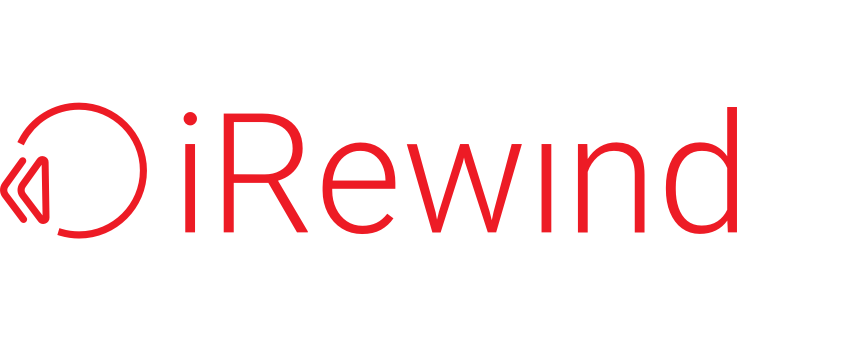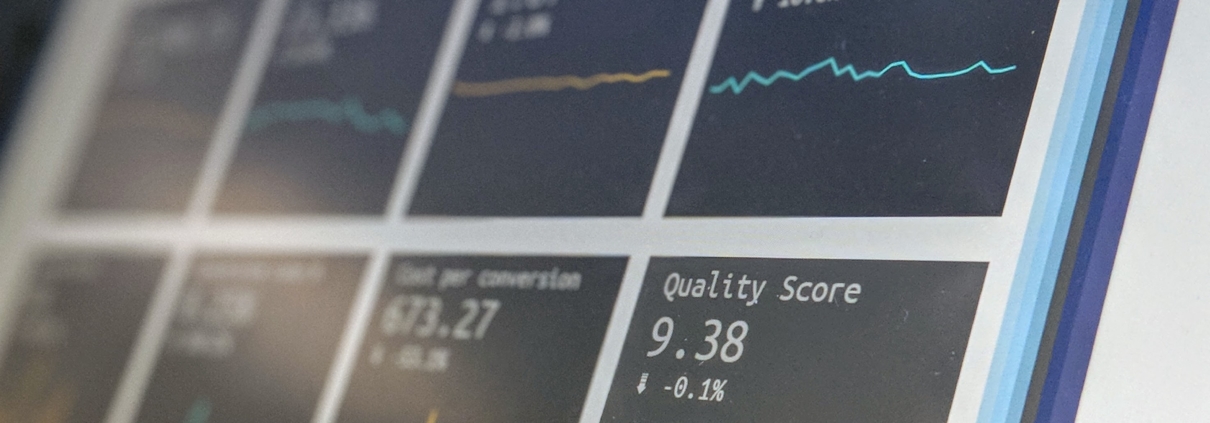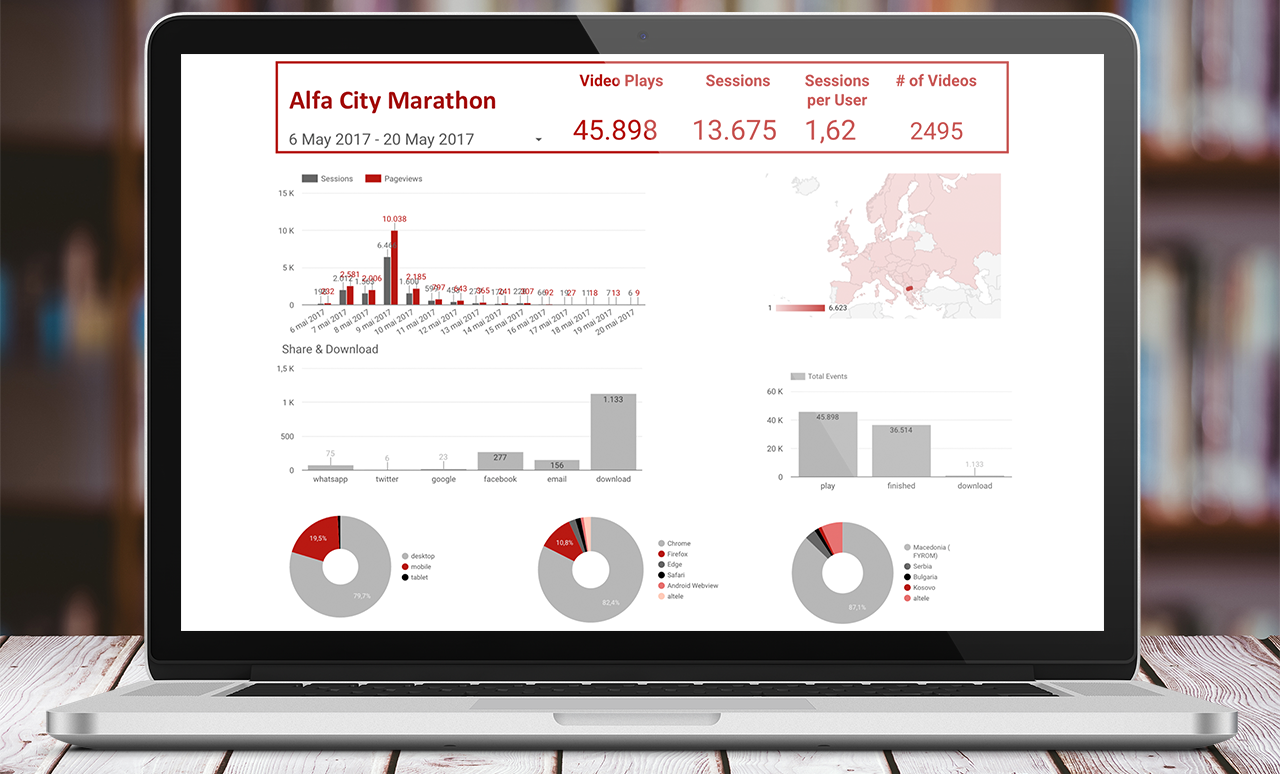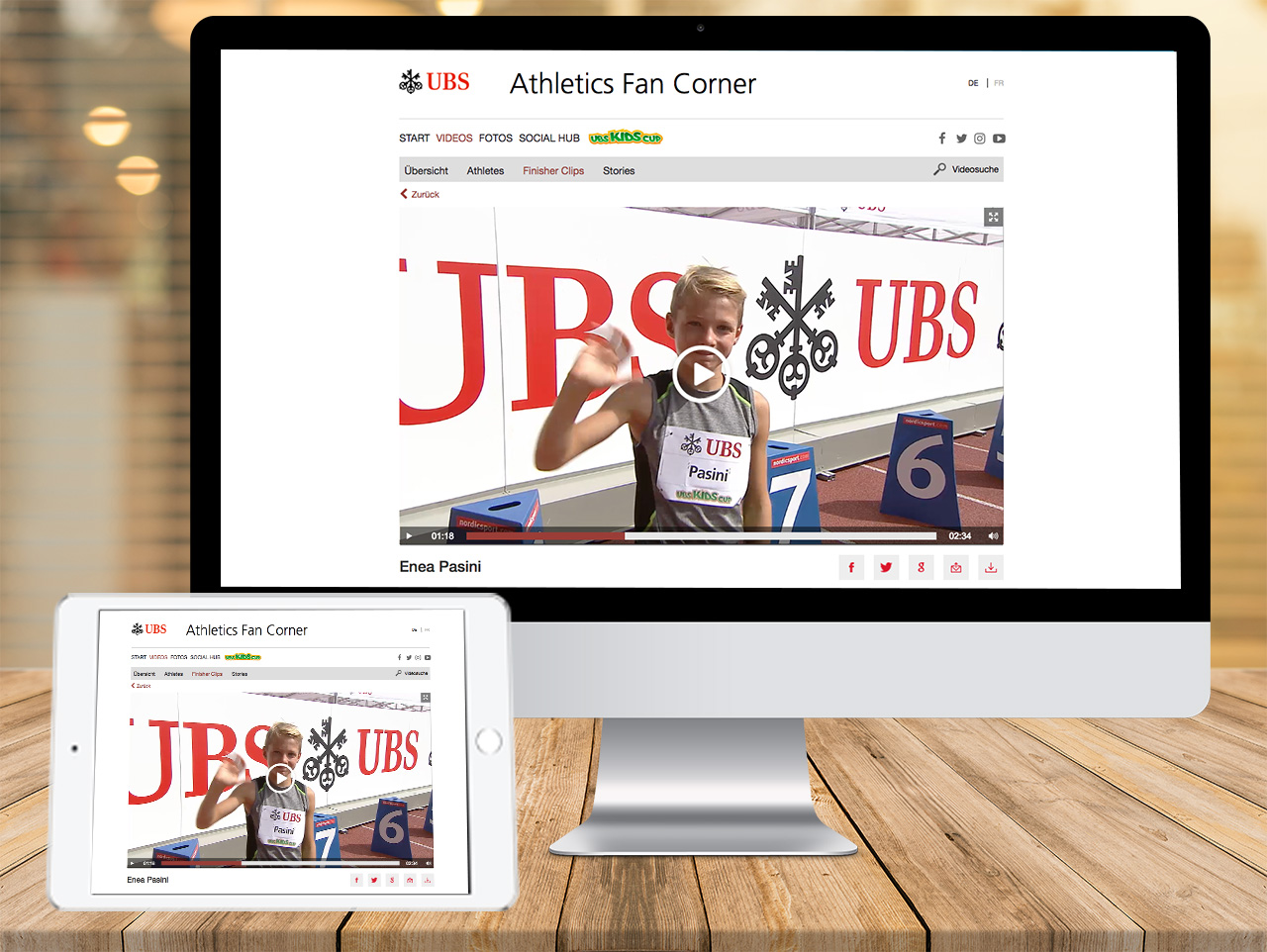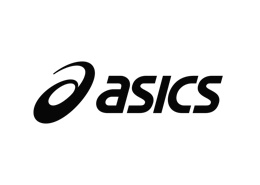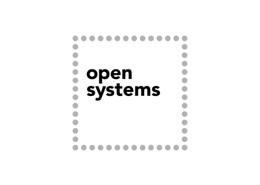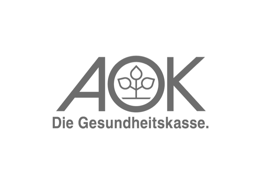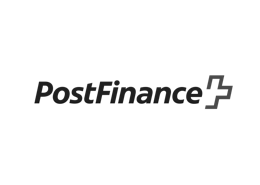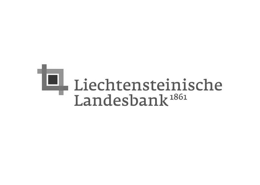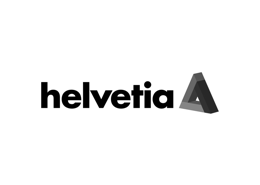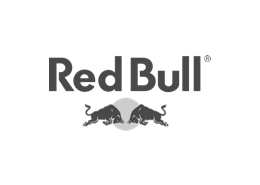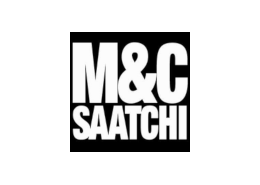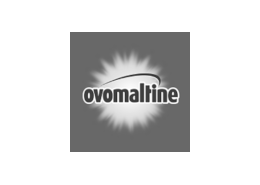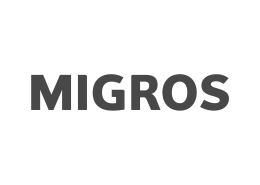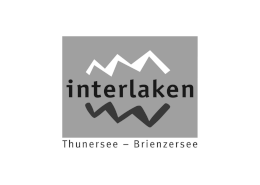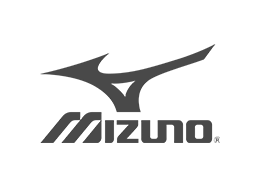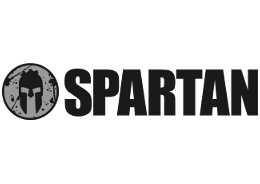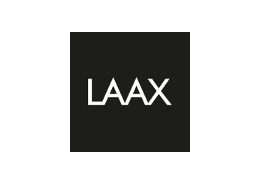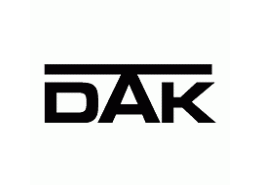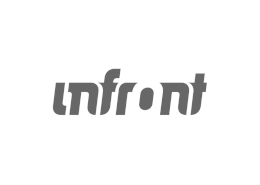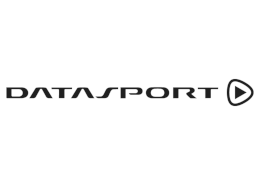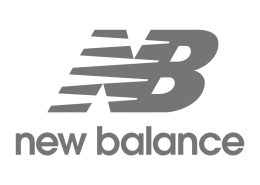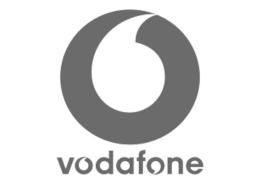Reaching Customers at Scale Through Personalized Video
Whether it’s Spotify “Made for You” playlists, search-engine results, or incredibly specific T-shirts, it’s starting to seem like “one size fits all” may soon be the exception for most customer experiences. With all this customization, it’s only natural that marketers would also use it whenever possible to better reach customers and their needs. By now there are few marketers who don’t understand the importance of personalization in helping brands reach customers, and most also understand that it can take a fair amount of work to get right.
When personalization is done right though, it can increase engagement and sales lift, giving consumers a more valuable message that’s more closely aligned with their needs and that matches their interests precisely.
And there’s a lot of money at stake, emphasizing the importance of getting things right. According to 2018 projections from the McKinsey Global Institute,[1] personalization has the potential to create up to $3 trillion in value across various industries by providing “more valued products and services, revenue growth, cost savings, or, indeed, consumer surplus.” The industry likely to see the largest boost is retail, at $450-$800 billion, according to McKinsey, with travel ($300-$500 billion) and insurance ($250-$600 billion) close behind.
Of course, personalization at scale remains very much a work in progress, and an intensely data-driven approach may require that companies completely remake their data-management platforms, their methods for creating content, and the ways in which they integrate various channels. Even the largest and best-funded companies may struggle to make this a reality. According to a 2018 survey of marketing influencers by Ascend2, nearly two-thirds of influencers called data-driven personalization a “difficult” marketing tactic.[2]
Although segmenting emails and the like can be accomplished via modern software solutions as long as enough properly formatted data exists, personalizing video is another matter: It remains complex and difficult to do it at all, much less do it right. In fact, it’s so daunting that few companies are willing to try it on their own, especially since it’s so far from many of their areas of expertise.
Enter iRewind, whose solution can deliver video personalization at scale, typically at events with lots of participants gathered for the same purpose, such as a track meet or a concert. Since its founding in 2013, iRewind has created personalized videos for nearly 1400 events in 28 countries.
Though methods do vary slightly with each event, its videos are typically shot using several smart cameras with individual user tracking technology (based on GPS, RFID, or Bluetooth beacons). The cameras are usually mounted on poles or fences, or sometimes even drones. After the event is over and all the video has been uploaded and segmented, iRewind provides its special sauce, creating personalized low-res or HD movies. The videos play on any mobile device or screen, and they are also highly shareable via social media and other channels. Overlays added to the videos deliver calls to action and also provide the participant’s name and other information, emphasizing its unique nature.
To understand better how iRewind can be a part of a brand’s marketing plan, let’s take a look at how the technology was used to commemorate three large events in thoughtful, enriching ways — goals that would have been virtually impossible to achieve otherwise.
One of iRewind’s biggest projects to date was its partnership with the sporting equipment and footwear company Asics. Beginning with the Barcelona Marathon in March 2019, iRewind produced personalized “finish line” videos for all 13,000 participants. These videos were created on the fly and were available immediately after each participant finished — the first time such an offering had ever occurred. A longer video of the whole race, also personalized, was available just 24 hours later, and more than 12,000 videos in all were downloaded and shared.
So how’d they do it? The videos were captured via five smart cameras mounted along the course, tracking each user via RFID. In all, 28,000 various pieces of footage were stitched together to create the videos.[3]
As the sponsor, Asics integrated interactive calls to action into the online versions of the videos, so that the company’s messaging that was shared along with the videos was consistent.
The Barcelona Marathon was only the start: Asics went on to offer the same service at other major races it sponsored this year, including the Asics London 10k and Asics Stockholm Marathon.
Another sporting event, last year’s Ironman Brazil, demonstrates the high level of engagement these videos can create. Personalized videos for the nearly 1,400 participants were sent out within 24 hours, showing the athletes swimming, biking, and running. The amount of engagement this created was impressive, with each video being shared almost four times, whether via downloads, WhatsApp, Facebook, Twitter, or email. Again, calls to action from the sponsor, in this case the sports equipment company Mizuno, were seamlessly woven into the personalized footage.
Though participatory sports are the biggest area in which iRewind technology is being used, any large event is a candidate. In 2018, attendees at three music festivals in Europe were filmed dancing to a song by the group Lo & Leduc as part of a dance challenge. Soon after the show, participants got a text directing them to a personalized and highly shareable souvenir made up of shots of their own moves interspersed with scenes from the song’s official music video. The project, done in collaboration with the food company Ovomaltine, hinted at additional applications of iRewind’s video technology for the future. As Andreas Herren, Head of Product at iRewind, put it, “This new application for our live-rendering and video overlay technologies opens up a huge number of possibilities for brand engagement in the entertainment and arts industries.”
These days, marketers have more methods than ever for getting their brands in front of consumers, but it remains difficult to do this in significant ways that customers will appreciate. By creating fun and highly shareable videos out of moments that would otherwise be undocumented — and when participants’ emotions were at their highest — iRewind just might have cracked the code on how to delight brands just as much as consumers.
